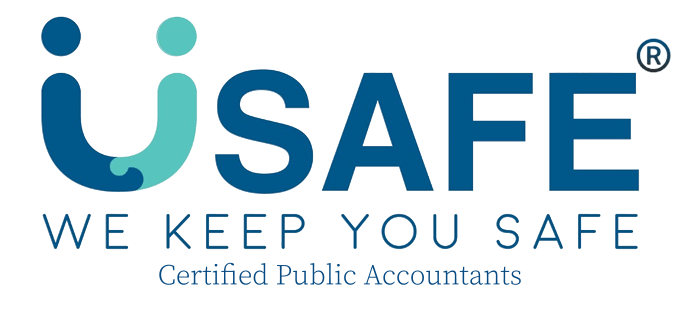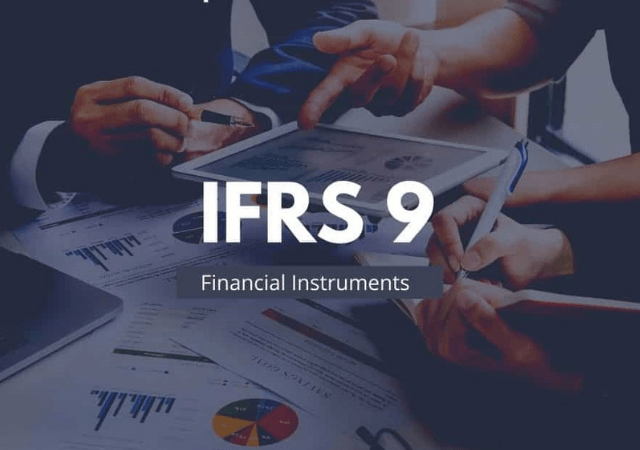Navigating the intricate web of personal tax laws and regulations can be a daunting task for any individual or family. Nevertheless, understanding and leveraging the various relief measures offered by Singapore’s tax system can significantly ease the financial burden and enhance long-term financial planning. Moreover, in this comprehensive guide, we will delve into the intricacies of Singapore’s tax relief landscape, shedding light on key relief schemes and their qualifying criteria to empower taxpayers in optimizing their tax benefits.
1. Earned Income Relief
Firstly, Earned Income Relief serves as a cornerstone for individuals with taxable earned income, available to individuals with taxable earned income from employment, pension, or trade. The amount of relief will be varied depends on the aged of taxpayer.
2. Spouse Relief/Handicapped Spouse Relief
Meanwhile, for those supporting spouses with limited income, Spouse Relief and Handicapped Spouse Relief offer vital tax relief avenues. The criteria, including annual income thresholds and cohabitation status, aim to alleviate the tax burden on families while fostering financial support for vulnerable spouses. To claim Spouse Relief for the Year of Assessment 2024, taxpayer must satisfy that your spouse was living with/supported by you and he/she did not have an annual income of more than $4,000 in year 2023.
3. Foreign Domestic Worker Levy (FDWL) Relief
Markedly in recognition of the role of foreign domestic workers in Singaporean households, FDWL Relief provides tax relief to employers meeting specific eligibility criteria. This relief specifically underscores the government’s commitment to supporting families and caregivers, particularly in situations of marital status transitions.
4. Central Provident Fund (CPF) Relief for Employees
Singapore’s CPF system forms a crucial pillar of retirement planning, and CPF Relief for Employees incentivizes contributions to this scheme. By offering relief on compulsory CPF contributions and voluntary MediSave contributions, the government encourages individuals to bolster their retirement savings.
5. CPF Relief for Self-Employed/Employee Who Is Also Self-Employed
Self-employed individuals play a vital role in Singapore’s economy, and CPF Relief extends to this demographic. By recognizing contributions to employee CPF or MediSave accounts, the tax system promotes financial security and equitable treatment across employment categories.
6. NSman Relief (Self, Wife, and Parent)
Singapore’s commitment to national service is reflected in NSman Relief, benefiting individuals who have completed full-time National Service or are spouses or parents of servicemen. This relief underscores the nation’s appreciation for the sacrifices made by servicemen and their families.
7. Parent Relief/Handicapped Parent Relief
Furthermore, supporting elderly dependents is a common responsibility among Singaporean families, and Parent Relief and Handicapped Parent Relief offer tax relief to caregivers. By setting income thresholds and residency requirements, these reliefs prioritize financial support for vulnerable segments of the population.
8. Grandparent Caregiver Relief
Likewise, recognizing the pivotal role of grandparents in childcare, Grandparent Caregiver Relief provides tax relief to working mothers whose parents or in-laws assist in caregiving. This relief reflects Singapore’s commitment to family-centric policies and intergenerational support structures.
9. Qualifying Child Relief (QCR)/Handicapped Child Relief (HCR)
Parents of dependent children benefit from Qualifying Child Relief and Handicapped Child Relief, aimed at easing the financial burden of child-rearing. With criteria addressing age, marital status, and income thresholds, these reliefs support families in providing for their children’s well-being.
10. Working Mother’s Child Relief (WMCR)
Emphatically, working mothers juggle multiple responsibilities, and Working Mother’s Child Relief acknowledges their contributions to both the workforce and their families. By providing relief for taxable earned income and dependent children, this relief promotes gender equality and work-life balance. However, the taxpayer should fulfill some criteria. E.g. maintained a child who is a Singapore Citizen as at 31 Dec 2023 and has satisfied all conditions under the point 9 above.
11. Handicapped Brother/Sister Relief
Nevertheless, caring for disabled siblings entails unique challenges, and Handicapped Brother/Sister Relief offers tax relief to individuals supporting disabled siblings. By setting criteria related to disability and financial support, this relief acknowledges the caregiving responsibilities within families.
12. Life Insurance Relief
Apart from the above, Life Insurance Relief incentivizes individuals to secure their financial futures through life insurance policies. By offering relief on insurance premiums, the tax system encourages prudent financial planning and risk management. Explicitly, The insurance company must have an office or branch in Singapore and your total CPF contribution was <$5,000 in the year preceding the YA.
13. Course Fees Relief
Investing in education and skills development is key to personal and professional growth, and Course Fees Relief supports individuals pursuing further education. Whether for academic pursuits or professional development, this relief indeed underscores the value of lifelong learning in Singapore’s knowledge-based economy.
14. CPF Cash Top-up Relief
As Singaporeans plan for retirement, CPF Cash Top-up Relief incentivizes contributions to retirement savings through the CPF system. By offering tax relief for cash top-ups, the government encourages individuals to bolster their retirement nest eggs.
15. SRS Contributions and Tax Relief
In addition, Supplementary Retirement Scheme (SRS) Contributions and Tax Relief still enable individuals to augment their retirement savings beyond the CPF system. By providing tax relief on SRS contributions, the government encourages prudent retirement planning and financial independence.
16. Compulsory and Voluntary MediSave Contributions
Lastly, MediSave Contributions form a crucial component of Singapore’s healthcare financing framework, and tax relief is available for both compulsory and voluntary contributions. Surely, by incentivizing savings for healthcare expenses, these reliefs promote individual responsibility and mitigate healthcare costs.
In conclusion, navigating Singapore’s personal tax relief landscape requires a nuanced understanding of eligibility criteria and strategic planning to maximize benefits. Additionally, by leveraging the diverse relief measures offered by the tax system, individuals and families can optimize their tax positions while securing their financial futures. Moreover, as Singapore continues to evolve, staying informed about tax laws and relief measures remains essential for prudent financial management and long-term prosperity.
Disclaimer: This article is for informational purposes only and does not constitute tax advice. Taxpayers write in to us to consult with our professional tax advisor team for personalized advice and guidance.
Sources:




